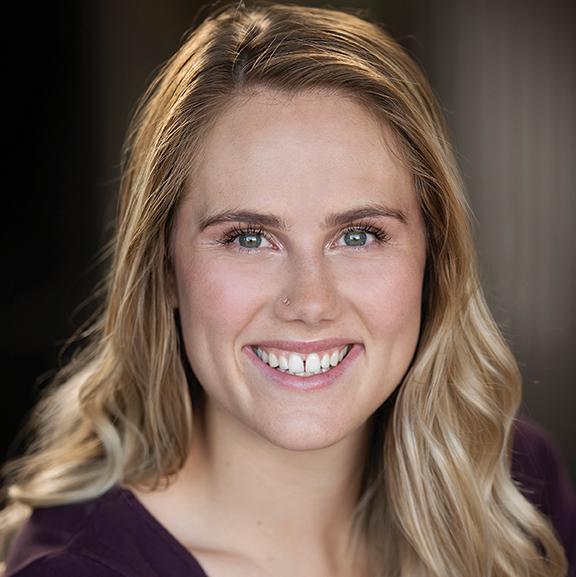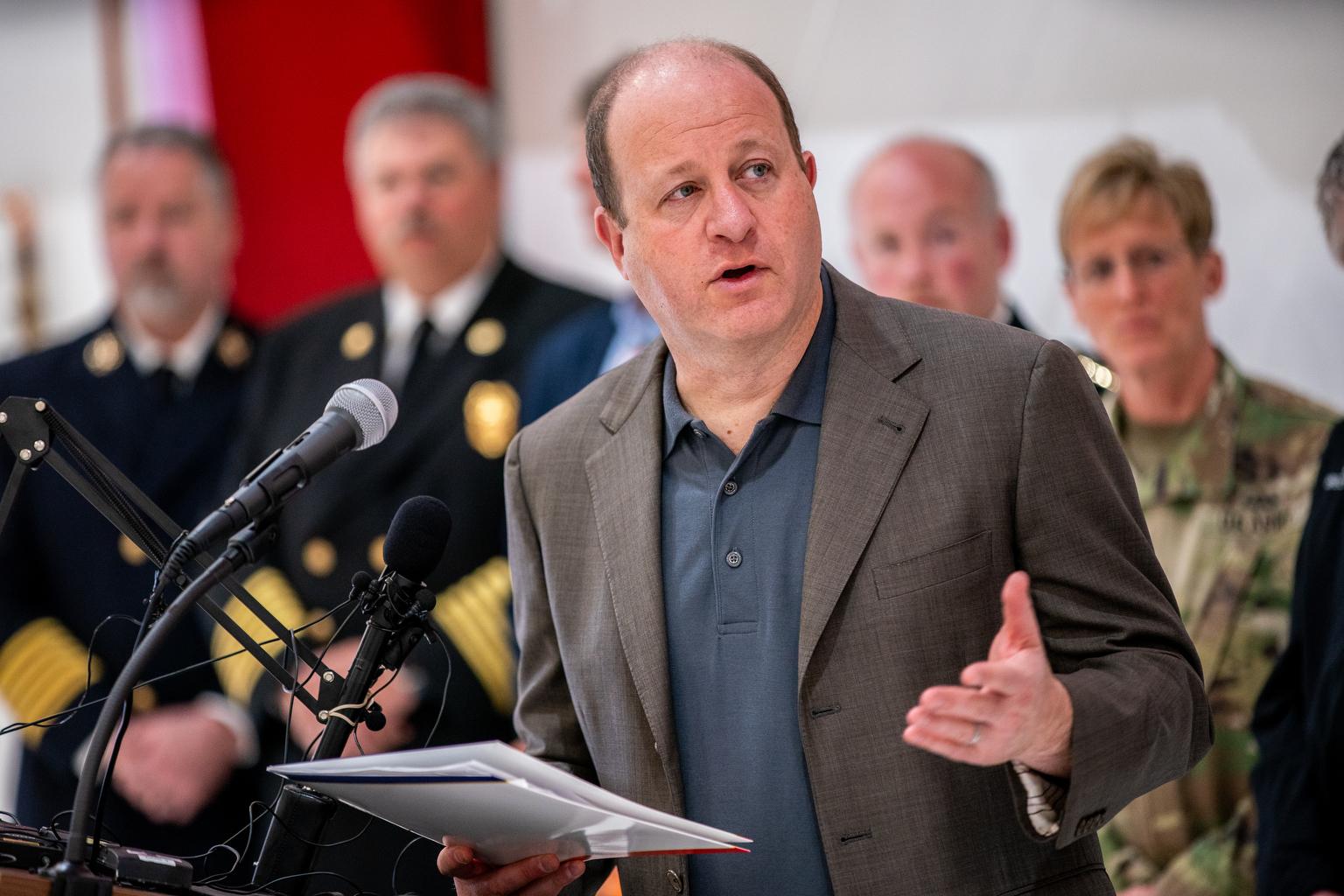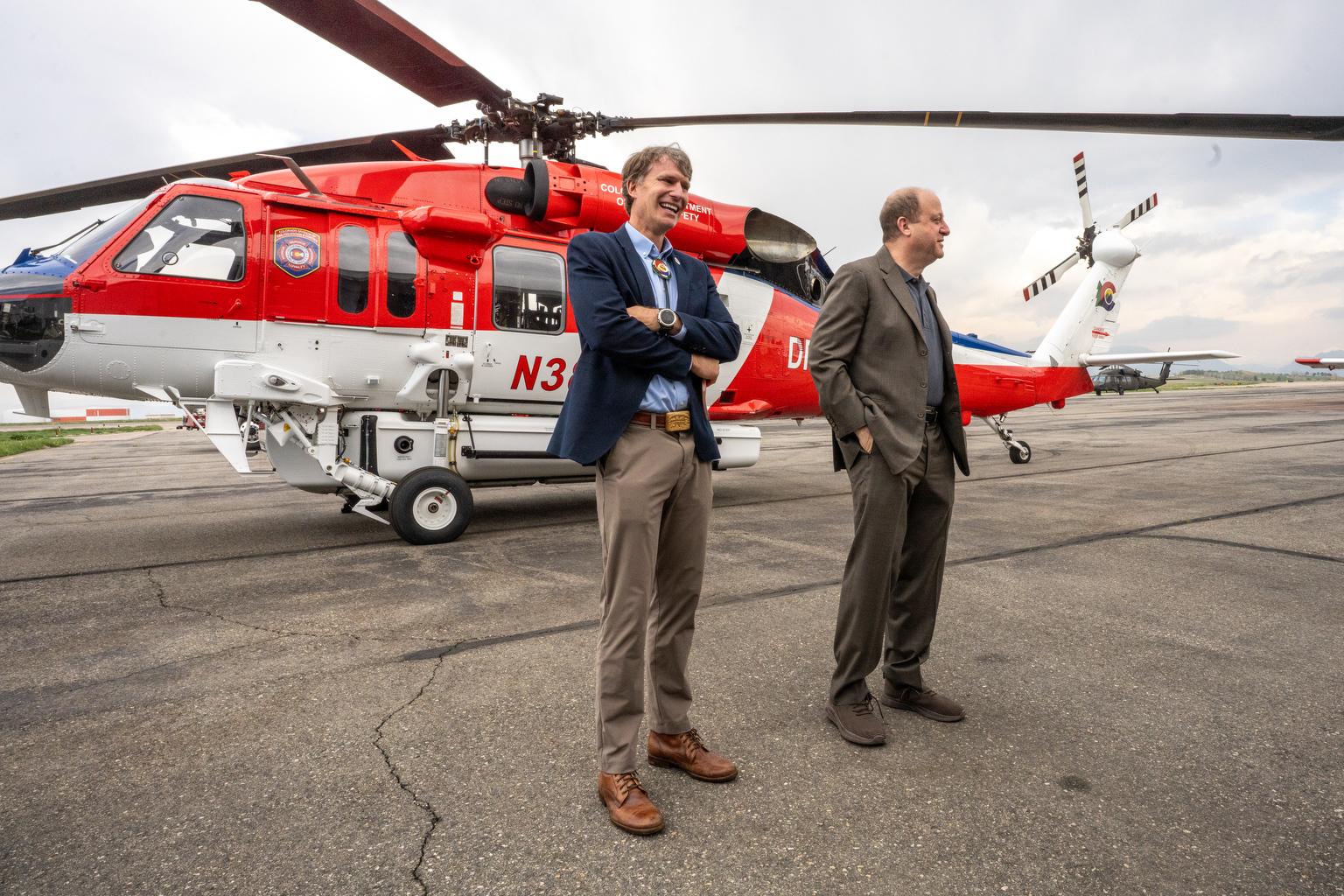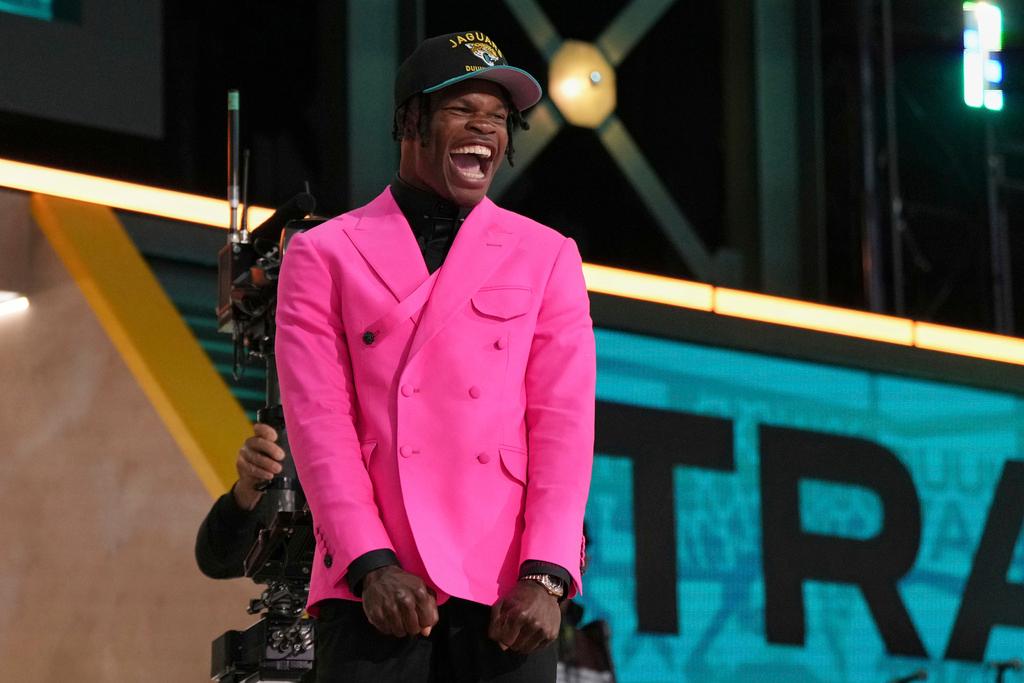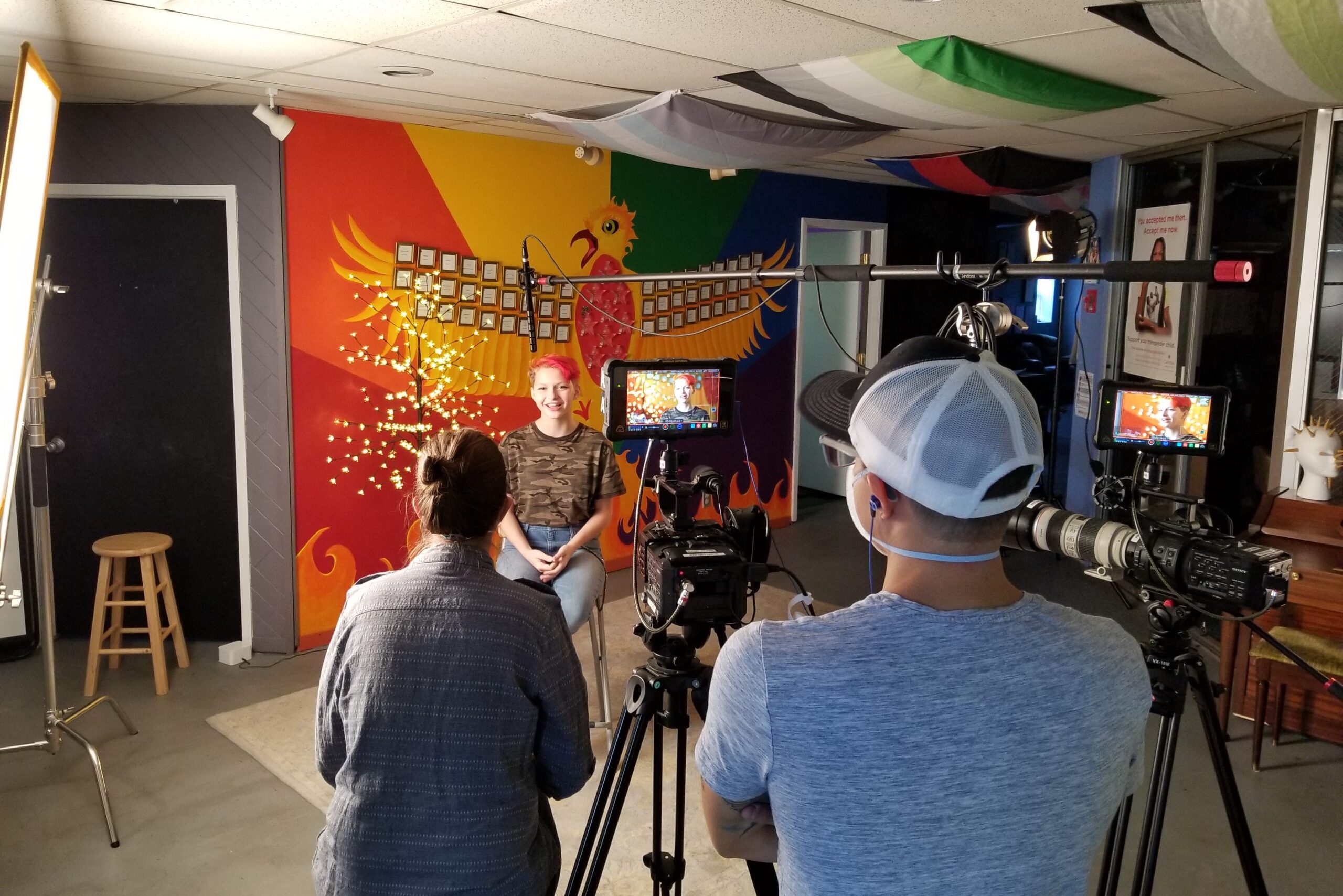
During the worst of the pandemic, two youth organizations in Colorado Springs partnered to create a temporary drop-in center for homeless, LGBTQ and other at-risk youth. When they tracked what happened to those youth, it led to a push for a permanent solution.
The drop-in area belongs to Inside Out, an LGBTQ youth services organization that’s the only one of its kind in El Paso County.
“My favorite thing about the drop-in spaces is it's so gay,” said Jessie Pocock, executive director of Inside Out Youth Services. “We have trans flags and Black Lives Matter flags and gay flags, like, all over the facility. We have posters that say, ‘Make America Gay Again.’”
But it’s not just the welcoming atmosphere and inclusivity of the space that’s had an impact. For the past four months, it’s given youth living on the streets a warm place to go for food, clothing and safe adults who could help them with their next steps.
“El Paso County has had one of the highest rates of youth suicide in the nation,” Pocock said. “A young person who has a connection with one trusted adult, it doesn't matter who it is, is five times less likely to attempt suicide.”
During those months when the drop-in space was open, 124 youth without homes used the space, and of those, 35 of them, or 28 percent, exited homelessness, according to the organization's internal data. That’s six times the number who left the streets in the same period the previous year.
“Drop-in centers and street outreach teams are really among the most effective ways to reach young people living outside and the drop-in centers are really considered a national best practice,” said Andy Petersen, director of development at The PLACE. “And now we have the local data to prove that it works right here in Colorado Springs.”
The PLACE offers outreach programs to try to help youth out of homelessness.
But before the group partnered with Inside Out to use its larger space, its drop-in area was just a one-room office, which meant youth couldn’t hang out and instead had to cycle through sort of like at a doctor’s office.
“What this did is it opened up a larger space so that they can let their guard down, be in a safe environment, get some food and understand what other options they have to be able to get off the streets,” Petersen said. “So it was a larger space that we were able to facilitate more services for them.”
Both organizations now want to see a larger and more permanent drop-in space. They’ll be working with their boards and fundraisers to come up with a plan to perhaps build or buy something bigger. But those plans are still very much in the works.
Pocock said Inside Out already needs more than the 2,000 square feet it has, and could use services on-site like laundry and showers. But she has even bigger dreams for what it could be.
“What if we had, like, a youth center that also had a performance art component? And we bring in artists to do workshops and our young people run the event and learn skills? What if we had a press and we did a nationwide call for magazine work for young people? And again, our young people are running that press and learning skills?” she said. “So really, a space that enables us to really be social, to have a lot of entrepreneurship and honoring of art and voices and people and giving young people the opportunity to really develop through owning this space and owning our programs.”
- ‘We’re Just Humans’: Colorado’s Western Slope Families Respond To Lauren Boebert’s Anti-Trans Comments
- Many LGBTQ Seniors Don’t Get The Health And End-Of-Life Care They Need. Some Coloradans Are Working To Change That
- ‘Queer Santa’ Is On A Mission (This Year With a Face Shield) To Make The Holidays Special For Any Kid Rejected By Their Parents
- Ken Felts Came Out At 90 Years Old, And His Story Went Viral. Now The Next Chapter Is Just Beginning
